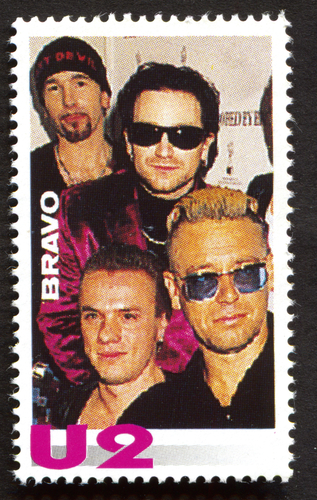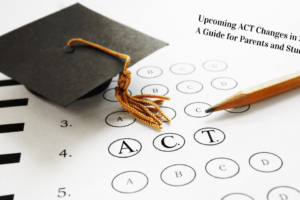
5 Songs To Use While Teaching Social Studies

Music always has either directly or indirectly reflected the times of the songwriters who have made it. In this way, music has acted as a secondary and even a primary source for historical events and select periods of history. Sometimes music has transformed formed the world from which it emerged, thus further entwining songwriters with historical moments and movements. Teachers can mine the musical archives and use historically poignant songs to enrich their lessons. Doing so can apply across content areas, but it has the greatest relevancy in social studies courses.
The way music represents history varies considerably. Some songs make vague or even cryptic references to events. Others are impressions of the sentiment of a time, leaving these songs open to interpretation. Many songs are allegories more than they are direct references. Still others quite directly harken to specific events, leaving no ambiguity. While some songwriters will address current events through their lyrics, others will dig through history for subject matter. Teachers using songs to enliven social studies instruction will need to understand these different contexts and should be able to convey these to students. The ways teachers can use these songs are as varied as the songs themselves.
Below are examples of songs a social studies teacher might use as enrichment for particular lessons, along with how these songs might be woven into instruction.
1. U2- “Sunday Bloody Sunday” – This is one of the most popular songs by one of the world’s most popular bands. That is no guarantee students will know of it. They are less likely to know of the turmoil it addresses. The lyrics reference decades-long bloodshed in Ireland. Rather than being about either of the actual “Bloody Sundays” in Ireland’s history, the song is a general condemnation of the violence and a call for peace. The song can be used when teaching about the Irish Civil War, or as part of a unit on the conflict that continued in Ireland throughout the 20th Century. A teacher might use it as a transferrable example of a protest song.
2. Led Zeppelin- “When the Levee Breaks” – Many of Led Zeppelin’s songs are reimagined arrangements of American blues songs. The original version of this song was written and recorded shortly after the event it references: the Mississippi Flood of 1927. The song touches on a casualty of the Jim Crow South in which poor black plantation workers were forced to fortify the levees along the Mississippi but weren’t able to leave their endangered towns when the waters crested. Beyond using this song to connect students with events from this era, a teacher could use it to illustrate parallels with the fallout from Hurricane Katrina in 2005.
3. Billy Joel- “We Didn’t Start the Fire” – Students in 2016 are less likely to know Billy Joel’s music than that of U2 or Led Zeppelin, but they might know of this song. To the uninitiated, it is a lively rundown of major historical events of the 20th Century. Joel simply lists them in each verse in roughly chronological order. The song lends itself to social studies research projects. Students could takes specific verses and in small groups research and report out about the events Joel references. Individual students could do this as well, depending on how much time a teacher cares to allot. Using a different approach, students could add verses to the song, covering the 1990s, 2000s, and 2010s.
4. Public Enemy- “By the Time I Get to Arizona” – The lyrics to this song quite specifically refer to former Arizona Governor Evan Mecham’s resistance to recognizing Martin Luther King’s birthday as a holiday. His resistance was controversial, but so was Public Enemy’s song and accompanying video. The song’s lyrics indicate resentment for and condemnation of the governor’s stance, but the video goes further to depict an assignation attempt. The tone of the song could have some relevancy to race-based tensions that have surfaced in contemporary America.
5. Arcade Fire- “Joan of Arc” – Arcade Fire is the most current band or artist on this list. Their song refers to the most distant historical moment out of the five. Using a contemporary artist as a bridge to an abstract and ancient time could be vital in presenting such subject matter. The story of the peasant turned soldier turned martyr has been retold in many forms. Students might identify best with the most recent of these retellings.
With such a pervading emphasis on what is happening now in our culture, history runs the risk of becoming increasingly abstract for students. Using connections through art, film, or music might help facilitate connections. Hundreds if not thousands of additional songs can be used for such a purpose. Each teacher needs to do his or her own research when seeking to make these connections real.
Written by Jeff Hartman



